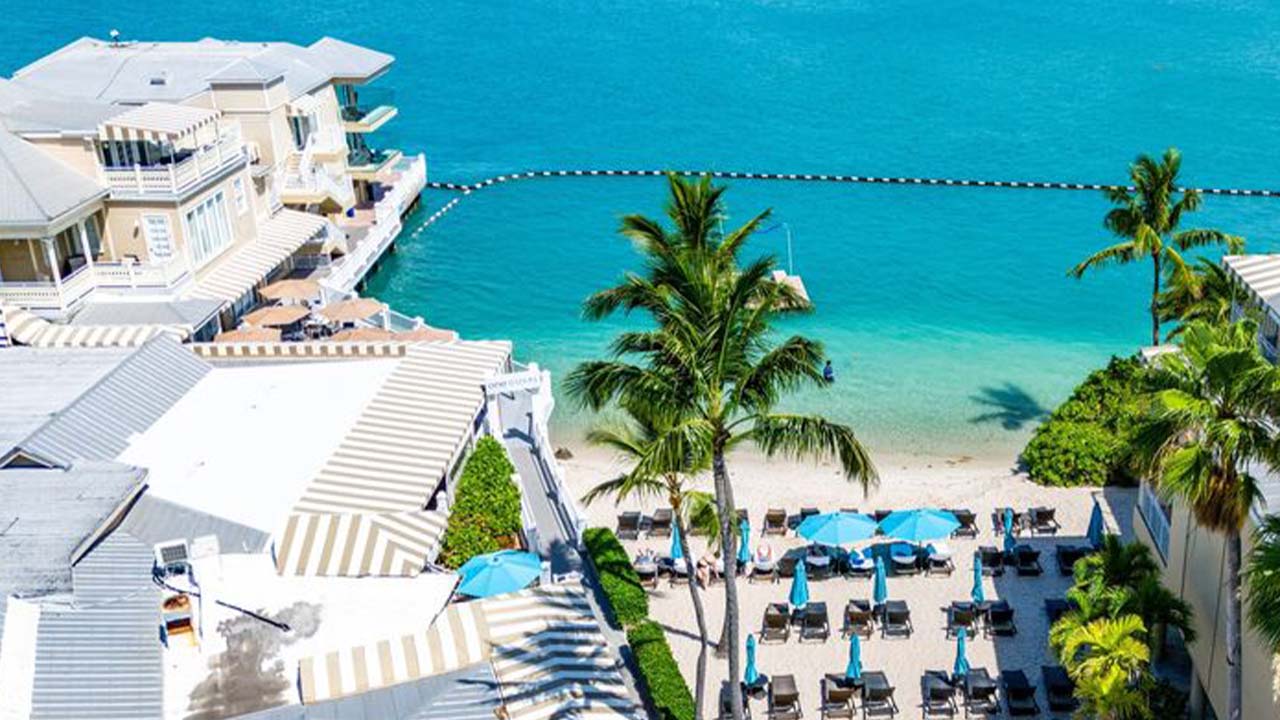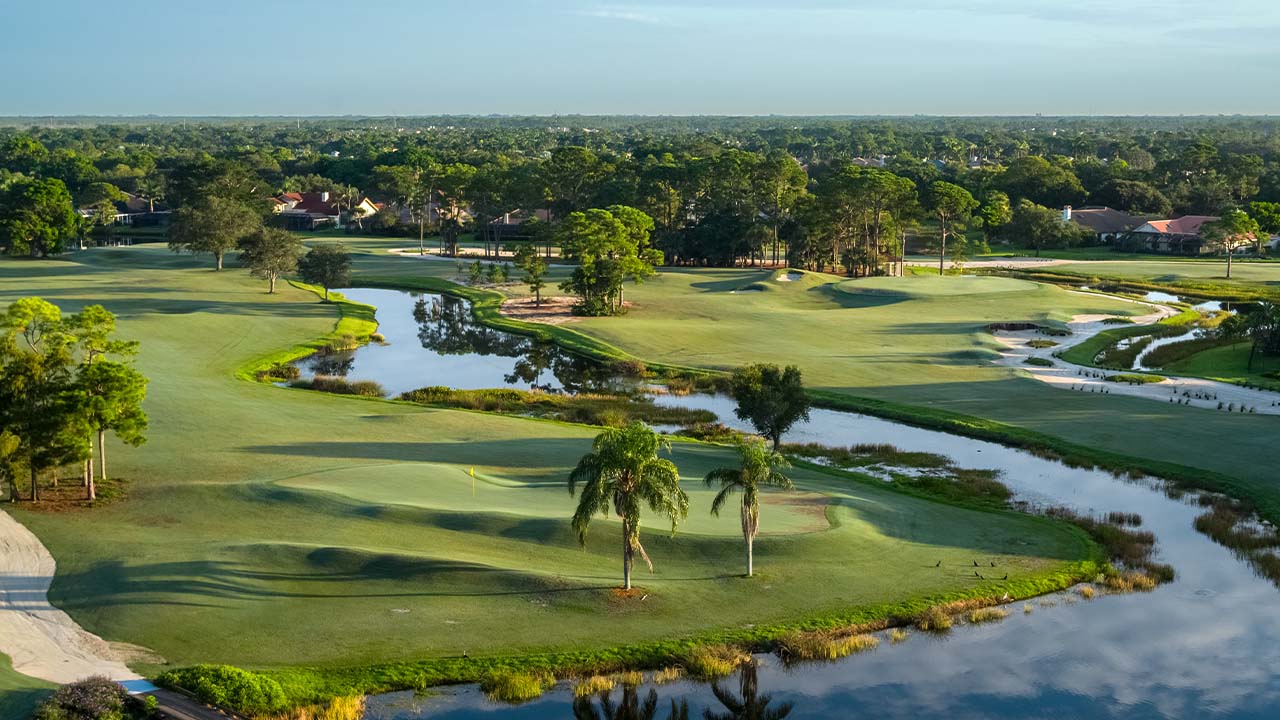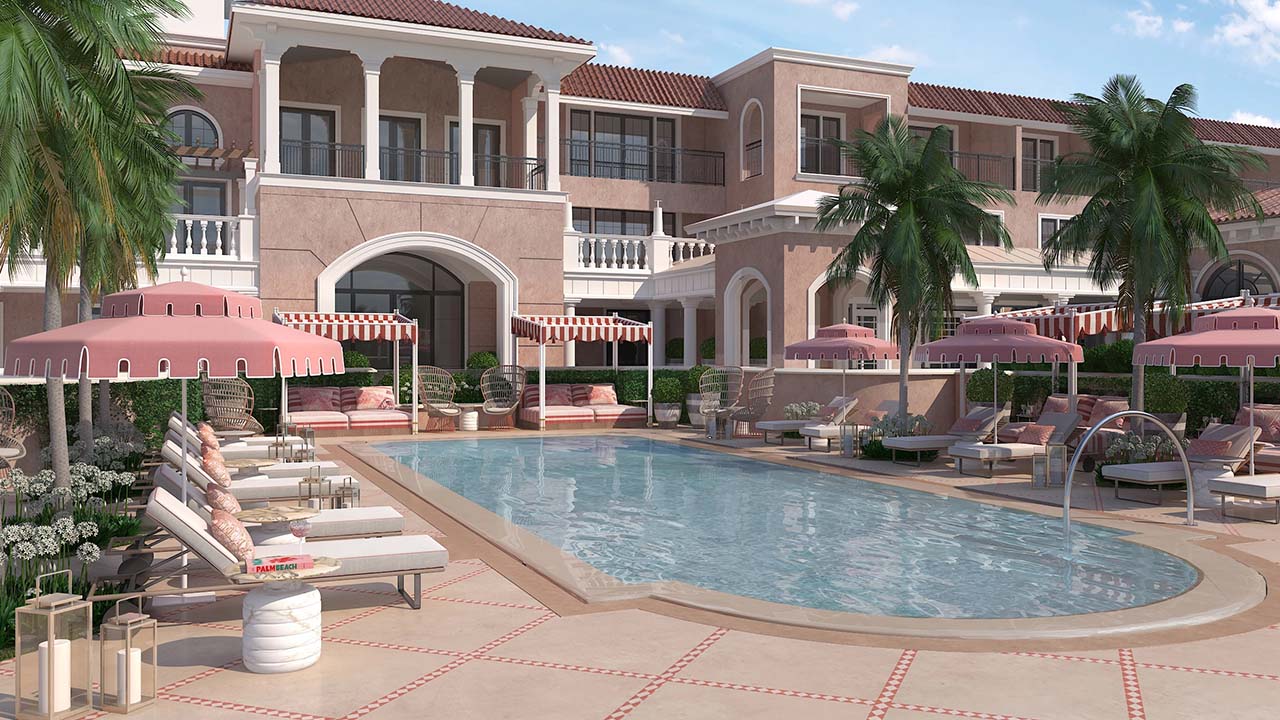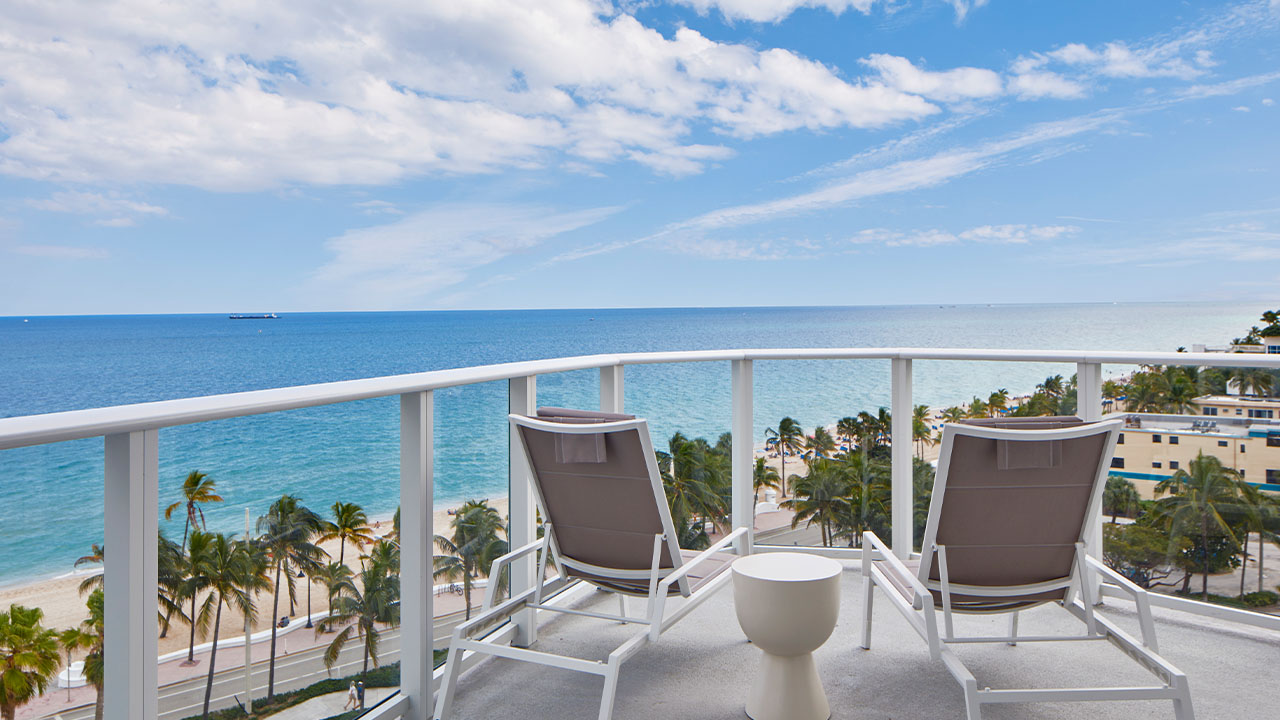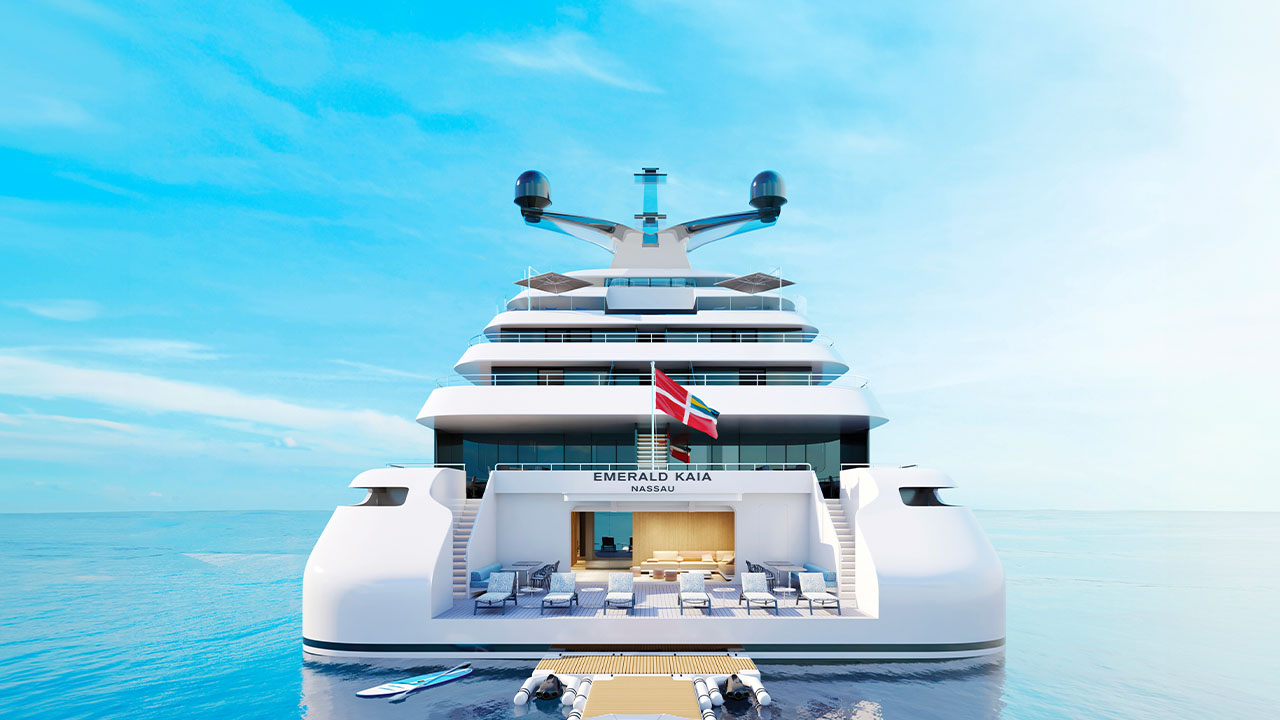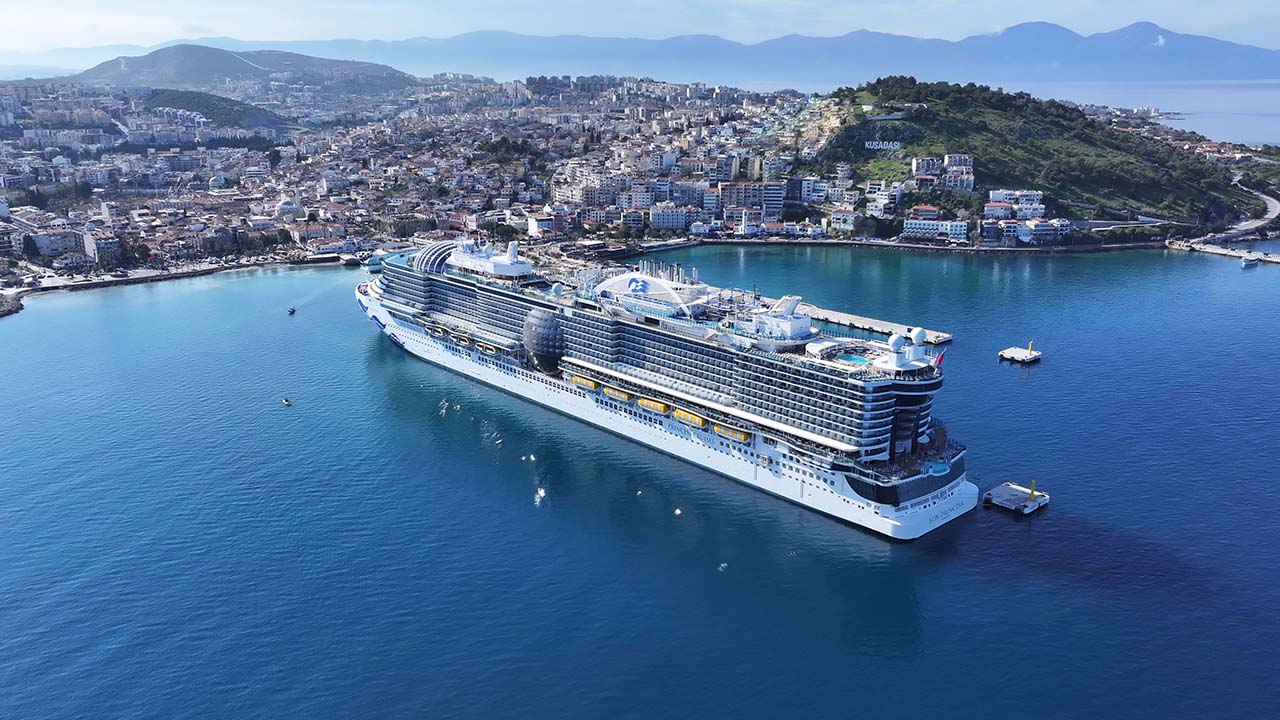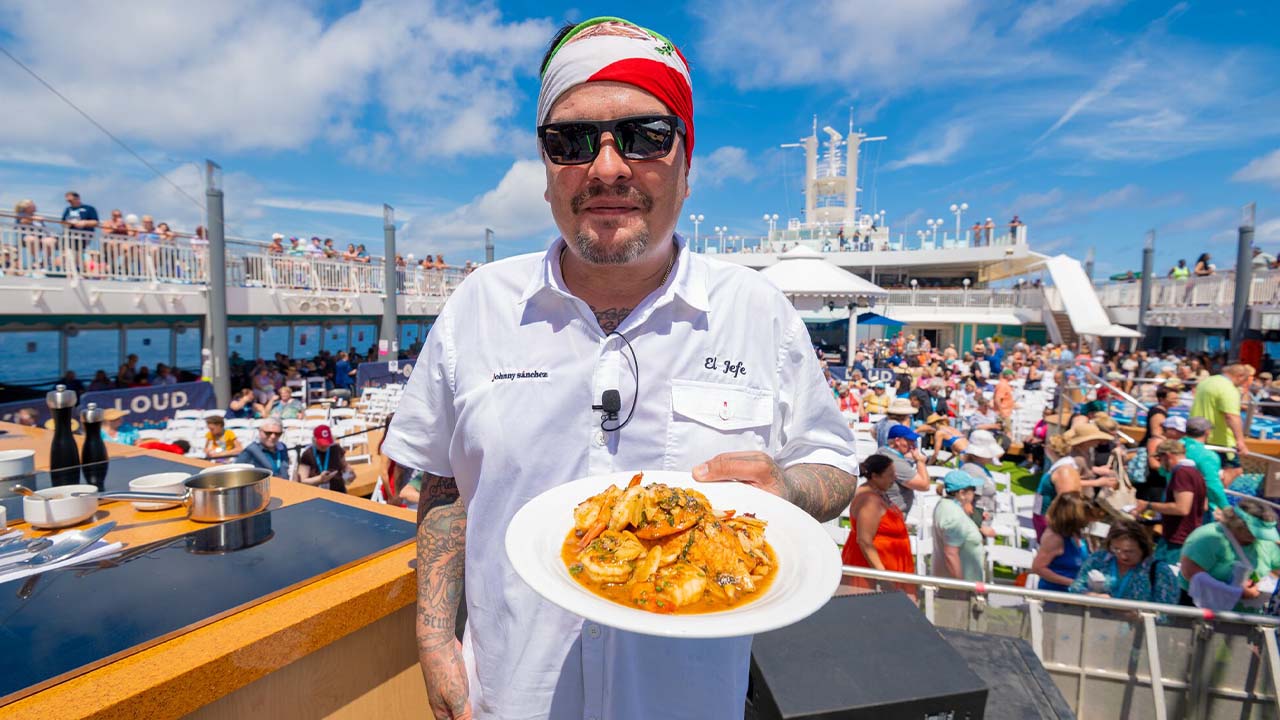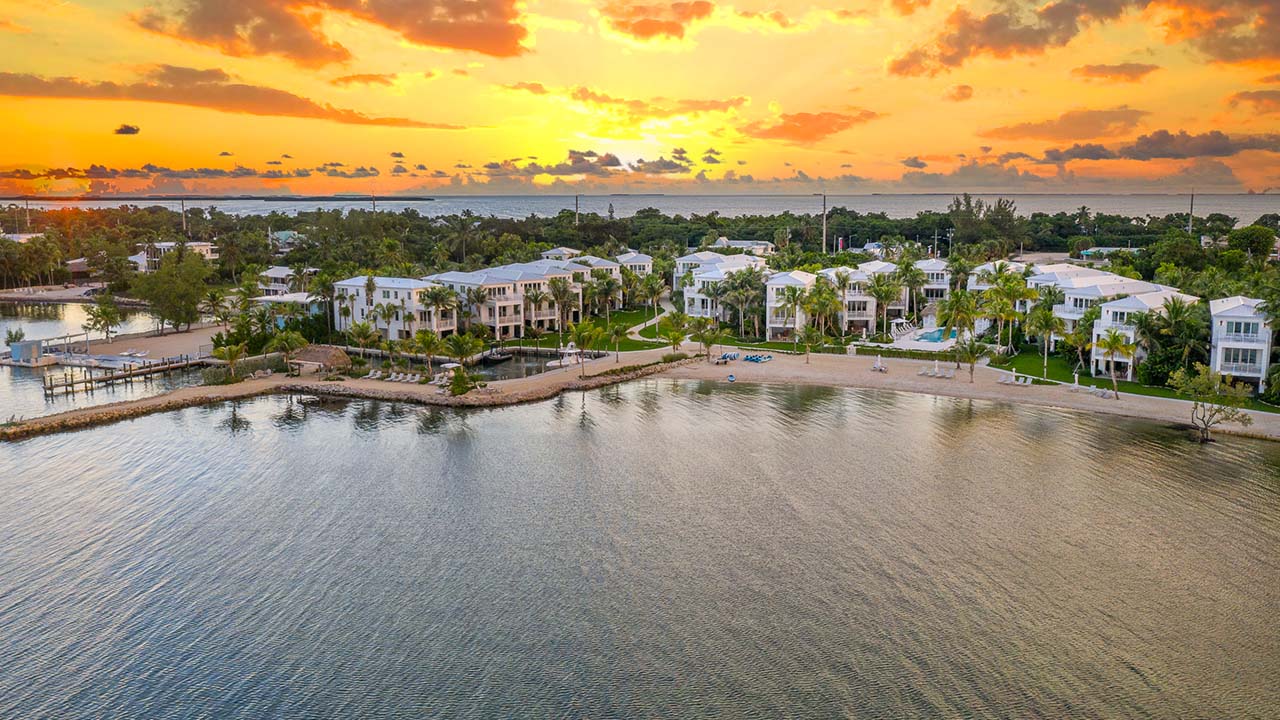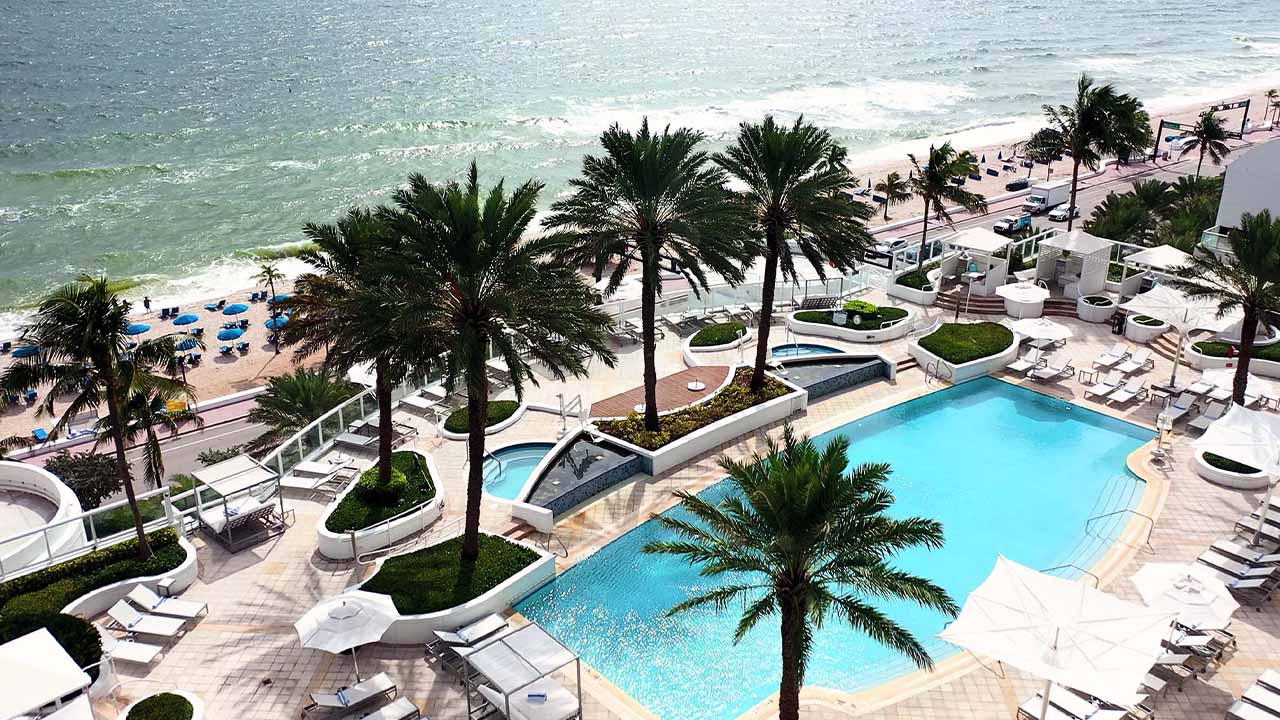While descending to 50 feet below the ocean’s surface and seeing a vibrant coral reef teaming with colorful fish and abundant marine life, I quickly realized my mistake. Not from any scuba equipment I forgot to check, but for waiting this long to experience Biscayne National Park in Miami. The park encompasses 172,971 acres, 95% of which are underwater, making it the largest “water park” in the National Park Service. Yet, this majestic underwater gem often gets overlooked due to its proximity to the better-known southerly Florida Keys.
As a native South Floridian, I’ve been a certified scuba diver for over two decades but have only frequented the Broward, Palm Beach and Monroe County reefs. A recent trip to Brewster Reef and Paradise Reef in Biscayne National Park with Diver’s Paradise provided a fine introduction to the copious amounts of wrecks and coral reefs readily available for an undersea adventure.
The coral reef system in Biscayne National Park is the northernmost part of the Florida Keys, the world’s third largest coral reef system. While John Pennekamp Camp in Key Largo is renowned for being the country’s first undersea park, Biscayne National Park is an under-the-radar snorkeling and diving paradise, providing world-class diving sites. Diver’s Paradise offers daily trips to explore the 60 wrecks and 30 offshore reefs, perfect for all South Florida families or adventure-seekers looking for an underwater journey. The scuba center at Crandon Marina also offers private charters for those seeking a more secluded expedition.
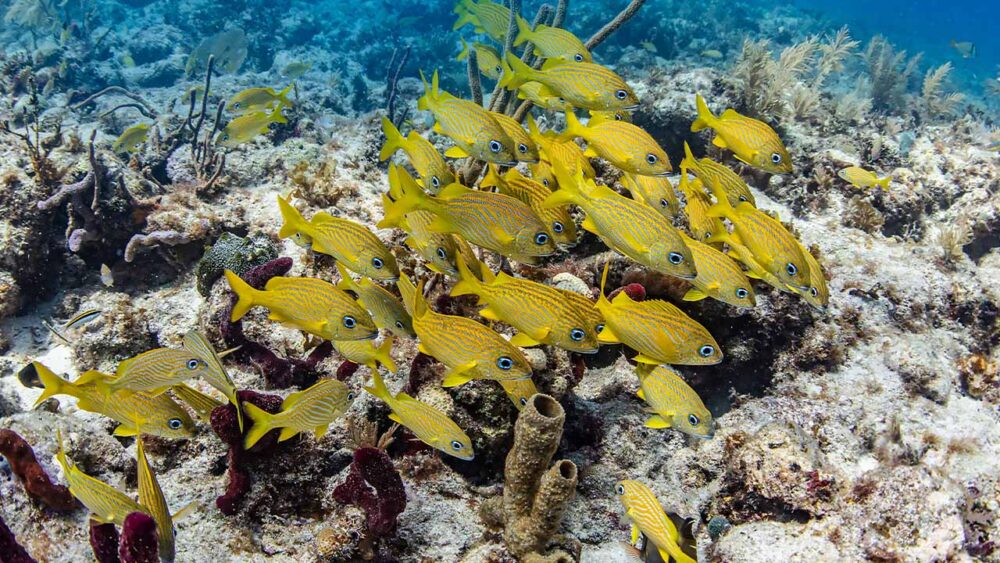
As the only commercial charter boat company permitted to bring snorkelers and scuba divers to Biscayne National Park, Diver’s Paradise provides a convenient opportunity for tri-county residents to enjoy the underwater aspect of the Florida Keys without a huge time commitment. The scuba center’s slogan is “The Keys start here,” which is apt and enticing.
For an added perk, the scuba center recently partnered with Tradewind Air to fly charter guests to its marina via a luxurious plane for private boat charters. Tradewind’s Air’s Caravan Cessna planes are amphibious and offer unparalleled service. Guests can book a private charter and Tradewind will pick them up and fly them to the marina for a luxurious and convenient trip.
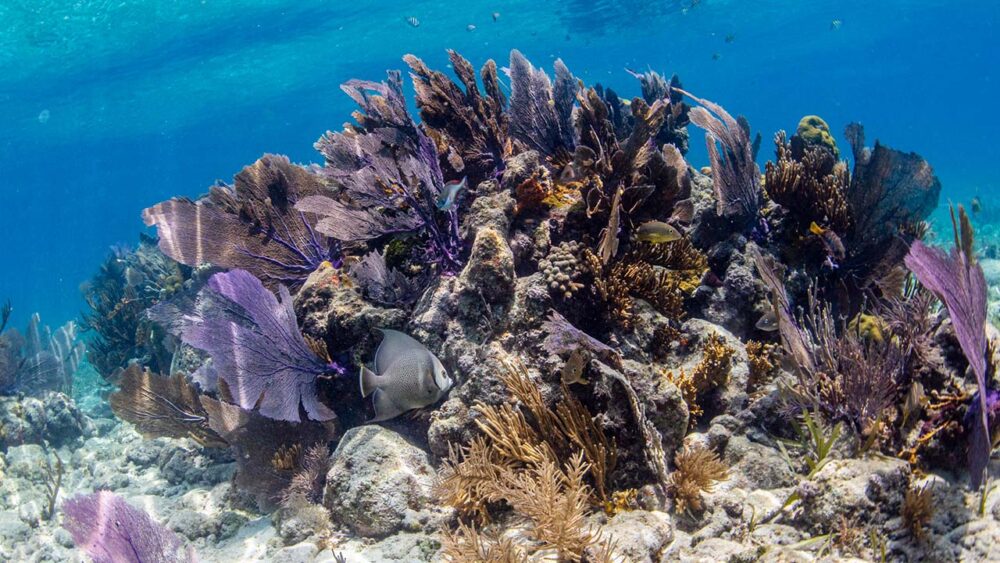
After a short 40-minute boat ride, we arrived at Brewster Reef, just south of the Fowey Lighthouse. One of the unique aspects of the reef is that while the bottom sits at 50 feet, the size of the coral rises about 15 to 20 feet; that lucky quirk of nature enables snorkelers to share the experience. The drift dive allowed us to explore its entirety, and a nurse shark, spiny lobster, hog snapper and a spotted ray were among the underwater highlights. Yet I felt most at peace witnessing a colorful blue parrotfish slowly eating away at bits of coral. As it chomped away on the coral—using its near human-like teeth that help control the algae population—I was reminded that protecting these creatures is paramount to our area’s economic and environmental viability.
After returning to the boat, a nice perk was fresh and warm showers onboard, enabling a comfortable trip to Paradise Reef. Home to one of two University of Miami coral nurseries in Biscayne Bay, Paradise Reef features enormous brain coral, gently swaying sea fans and majestic Elkhorn corals.
With decades of scuba diving experience, I’ve seen my fair share of diving boats. Yet, the adventure with Diver’s Paradise showed me how amazing diving with a professional dive company can be. Once onboard the charter boat, the open layout, amenities (a cooler for personal food and beer storage after the dives), wide deck beam, and easy access to the water eliminated every hassle. The charter boat company’s professionalism and outgoing crew have garnered a reputation as the go-to dive company for private and public charters in Miami. The company even transports professional film crews like National Geographic to film underwater sites in South Florida. Diver’s Paradise has also partnered with the University of Miami, providing boat charters for coral restoration projects, Rescue a Reef and shark tagging expeditions. These programs are vital to protecting the marine and coral life that are so crucial to the South Florida ecosystem.
As our boat coasted back into the marina with the Miami skyline brimming, I was reminded why South Florida is such a unique destination. Very few places can offer the year-round attraction our local ecosystem and waterways provide. I felt fortunate not only to experience it but also obligated to share how majestic it is to interact with the underwater “locals” that aren’t the source of daily traffic jams but are at the center of our region’s vast beauty.
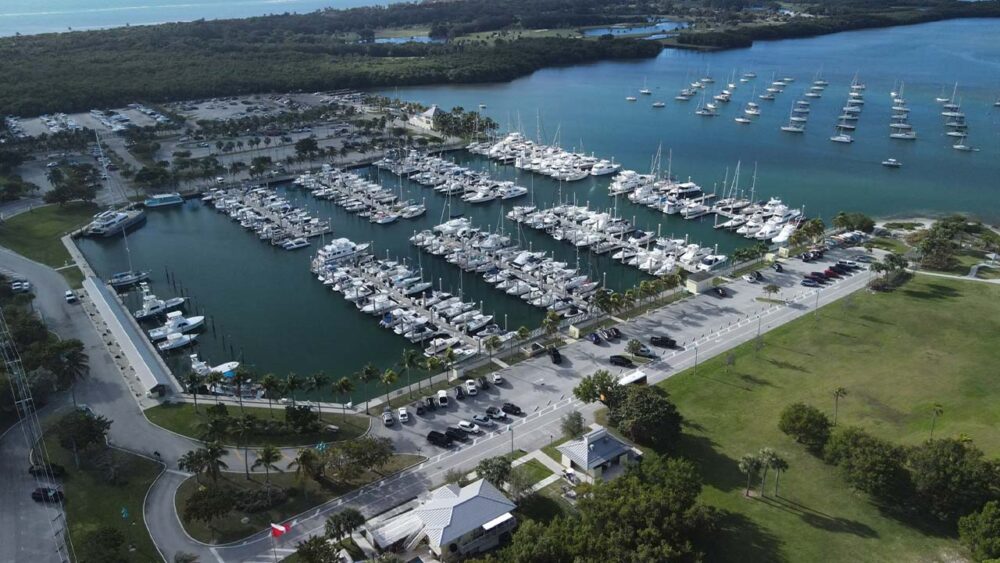
Photos courtesy of Isabella Gukeisen



